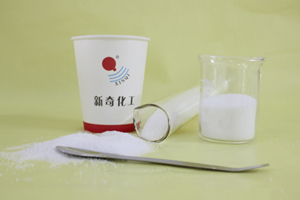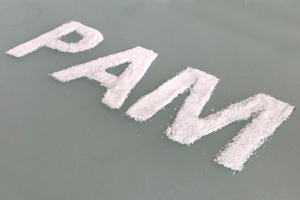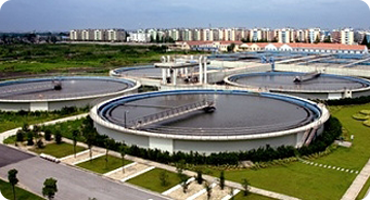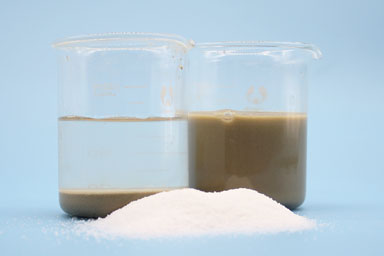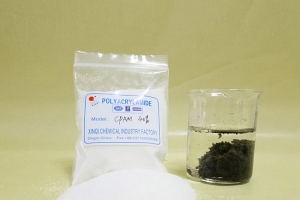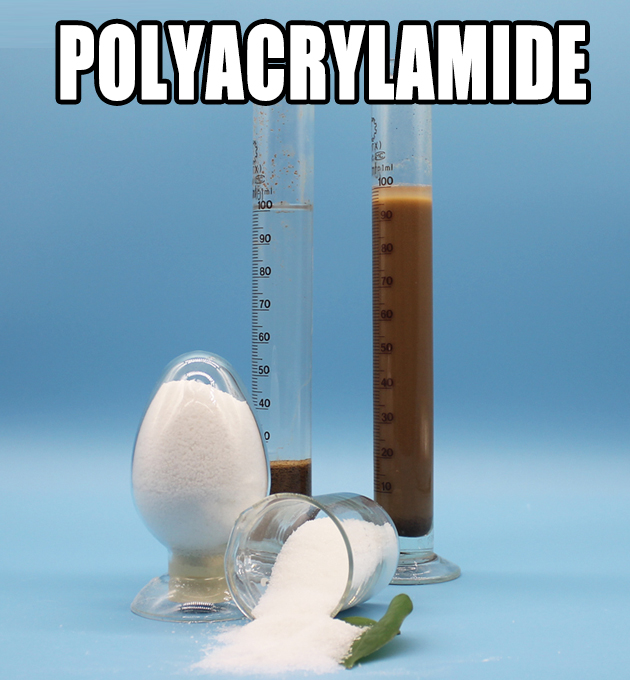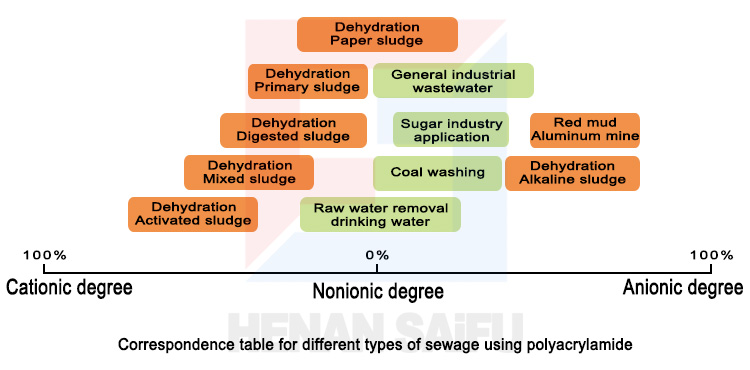Polyacrylamide: A Versatile Polymer with Wide Applications
Polyacrylamide, commonly abbreviated as PAM, is a synthetic polymer that has gained significant importance in numerous industrial and environmental applications. Chemically, polyacrylamide is a linear polymer composed of repeating units of acrylamide monomers. It exhibits excellent water solubility, which is a fundamental property enabling its diverse uses. The solubility allows it to form solutions …
Polyacrylamide: A Versatile Polymer with Wide Applications Read More »


